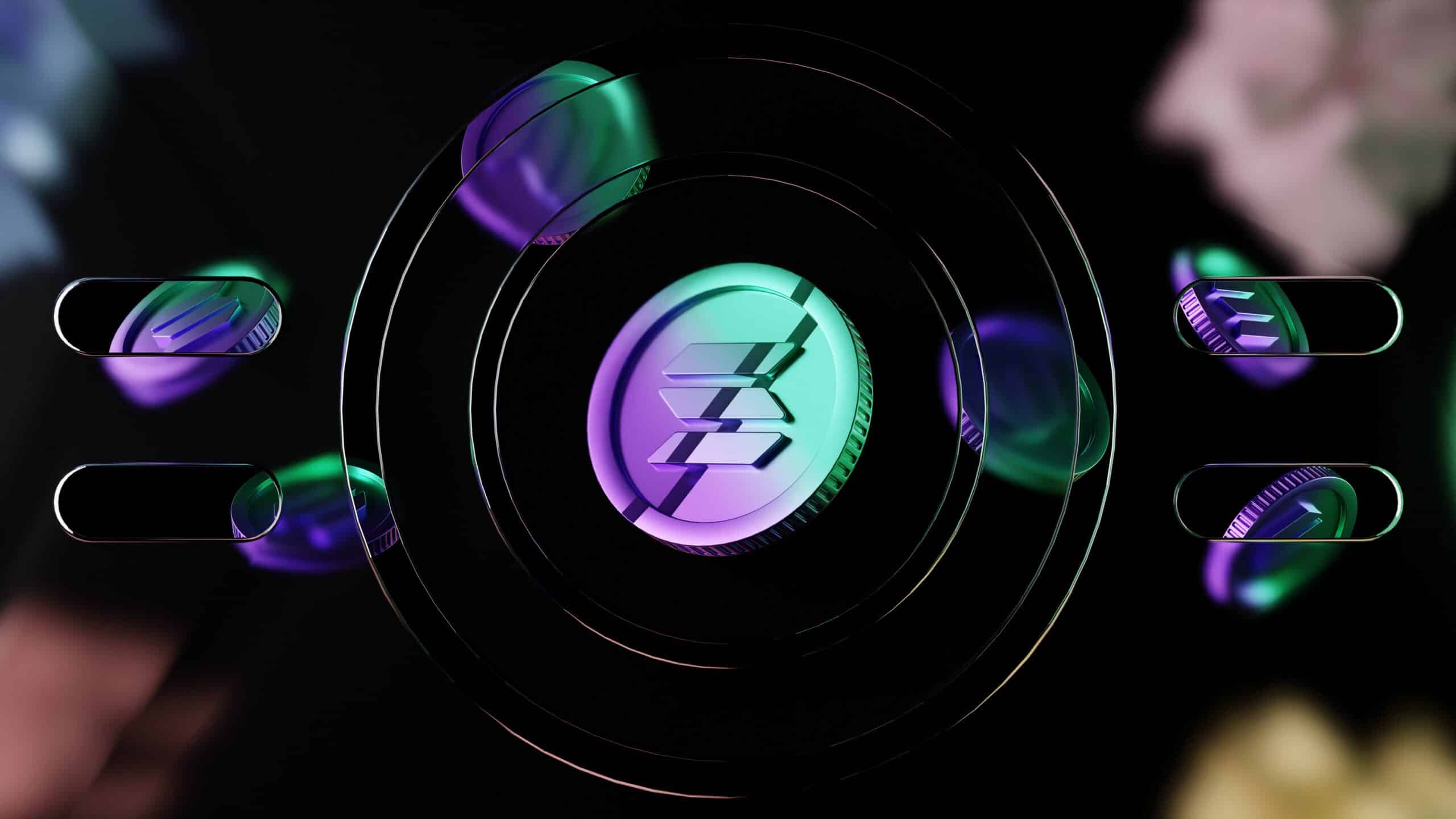
SOL more than doubled in the last month. But here’s why Ethereum NFTs continue to outperform Solana NFTs by a mile.
Posted November 10, 2023 at 12:36 pm EST.
Solana is ripping. Not only has general crypto market sentiment turned more positive, which has boosted assets beyond just bitcoin, but Solana also just completed another one of its attention-grabbing conferences, Breakpoint. That’s all led to SOL more than doubling in the past month.
Despite developer interest in Solana, the jump in its token price, and the fact that the speedy chain is known for NFT activity, as of yet, the leading blockchain for NFTs remains Ethereum.
According to data from CryptoSlam, in the past 30 days, Ethereum led the NFT market in sales volume with $245 million in sales. Ethereum’s activity underscores its dominance, with a vast number of transactions totaling 745,175 and engaging 70,423 buyers.
Comparatively, Solana, which stands fourth in the ranking, reported $30.1 million in sales, just 12% of Ethereum’s volume, even after considering the fact that SOL has outperformed ETH by 127% in the last 30 days.
With Solana struggling to grab market share in the NFT ecosystem, Hildebert Mouiliere, aka Hildobby, a data scientist at VC firm Dragonfly, told Unchained that “a lot of things that appear on [Solana] are just copying what happened on Ethereum, which isn’t very innovative.”
Solana is also battling the fact that Ethereum’s longer history makes it a hub for many types of activity beyond just NFTs. “I think Ethereum has become a center of liquidity for a lot of things,” said gmoney, NFT collector and founder of 9dcc. “And not just NFTs, but also certain tranches of DeFi and what have you. And so I think that’s going to be hard to displace even though there are narratives that build up around other chains.
However, Solana could still become a contender, if it builds on the particular advantages of its technology over Ethereum. “I hope that we see in the future some teams actually using what this tech can do to leverage what is lower fees and higher frequency transaction,” said Hildobby.
Over a year has passed since marketplaces like Magic Eden sparked a seismic shift in the NFT industry by making creator royalties optional—a move that continues to influence market dynamics.
Hildobby noted the complex nature of enforcing such payments and suggested that creators may need to consider additional incentives to encourage voluntary compliance. “It’s impossible to enforce those things,” he said.
As for where the market could go, Hildobby said he’s looking to the rise of NFT derivatives and lending platforms, which could diversify NFTs as financial instruments. “The vast majority of volume now is around lending, which allows for those high prices to now land at a much discounted rate,” Hildobby explained, emphasizing the potential for these platforms to broaden market participation.
Gmoney also thinks future innovation in NFTs will come in their financialization and in bringing real world assets on chain. As an example, he said, “the sneaker resell market is huge,” noting that with NFTs, “you can give them access to credit that they otherwise wouldn’t have.” Once that is a proven application, he said that could show the potential for NFTs to unlock value in other collectors’ items such as watches and handbags. “To me, one of the most interesting things is obviously, definitely the real world asset side of things, because I just think that you need to see the melding of those two worlds at some point, and I think that starts to happen over the next three to five years.”







